2018, Odyssey into Hell.
Cerro Rico, literally “the rich mountain”, standing 4800 metres high, towers over 700 metres above the Andean city of Potosì, Bolivia.
It was once considered the world's largest and richest silver mine. The most perilous, unstable and fatal mining activities known to man have been taking place here for almost 500 years.
Once abundant, the large seams of silver are no longer easy to extract, but deposits of copper, lead, zinc and tin still offer great motivation for the 25,000 or so miners working every day in the Cerro Rico mining cooperatives.
Day by day, these young miners tackle the terrible, unhealthy working conditions in the mine.
The cooperatives take no measures to ensure the safety of the workers. Accidents happen practically every day: on average, there are 15 deaths a month. This is why the miners call Cerro Rico “the mountain that eats men alive”.
The miners are given only indispensable work tools and a bare minimum of safety equipment: boots and a safety helmet with a lamp. They have to provide everything else themselves: gloves, masks, even extra dynamite to increase productivity, but above all, the coca leaves, which are indispensable for coping with 12 /13 hours of non-stop work in the mine without suffering from hunger, thirst or fatigue.
The life expectancy of these miners is 40 years, due to the frequent accidents and the almost systematic onset of silicosis, widespread among the miners, caused by the continuous, prolonged exposure to dust which builds up in the lungs, leading to a slow, painful death by respiratory failure.
Before starting their shift, every miner performs a bleak propitiatory ritual, visiting the Tìo della Mina, the devil of the mine.
They ask the devil for protection, before descending into the dark, meandering depths of the mine. Protection from God stops at the entrances to the mountain, and below ground you cannot count on divine intervention.
So the miners offer a kind of prayer to the Devil, the king of the underground world, leaving offerings of what is most important for them. They lay a lit cigarette in his mouth to smoke, pour him beer and the famous 98° pure alcohol, which is so important when working as it tones the muscles and helps the miners to forget the cold and the fatigue, and of course the sacred coca leaves.
Lighting a cigarette to offer to the Tio, Marco explains, “Outside we are all Catholics, but when we go down here we’re with the Devil”.
As you go deeper into the mine you immediately feel the silence and the calm, almost portending something imminent and terrible.
The rocks absorb and dampen any sound, and the only light source is the lamp on the miners’ helmet.
Walking hunched over through the low tunnels of live rock, every few minutes you meet a team of workers.
The miners are usually silent, their cheeks stuffed with coca leaves. They do not talk. Their expressions are disheartening, empty. Their eyes lack expression, their gazes lost and distant. They give away nothing, as if all their humanity had been left outside these dusty pits, as if they had left their souls in the world outside along with their clean clothes.
They work incessantly and without distraction, as if in a trance, even though they are well trained and able to recognise even the slightest noise in the distance: the sound of drilling in a nearby tunnel where dynamite has been laid and is ready to explode, or the vibrations of a cart arriving, loaded with a tonne of minerals, speeding along the tracks and ready to knock over anything in its way.
Suddenly, a roar. The earth trembles under your feet, you feel the shock wave in your ears and throughout your whole body. The dull thud of the dynamite exploding bounces off the rock to the apparent indifference of the miners, who together, for the first time out loud, count the number of explosions, roar by roar. You have to count the detonations. The most frequent accidents happen because you didn't count them. If the roars don’t correspond to the number of charges laid, some of them may not have exploded and are potentially fatal under the blow of a hammer.
These young men seem accustomed, resigned to the awareness of the risks of the job, they are used to going down into hell and back again every day, six days a week. They know that one day they might slip and fall into one of the many buzones (vertical tunnels), where they offload the minerals down onto the tracks some 40 or 60 metres below, to be carried outside on the carts.
They know that they don't have a fixed wage, that the cooperatives pay in proportion to the quantity and quality of the mineral extracted every week by each team, and above all that their wages will depend on the stock exchange which sets the market value of each mineral. While it is true that the salary is slightly above average, it is in any case a pittance, considering that even in the most favourable conditions they may earn around 2500 bolivianos, 295€ a month.
You can see it in their eyes: they are certain that, in exchange for that meagre salary they need in order to support their family, sooner or later they will leave a widow and orphans.
And this is where the tragedy in the tragedy lies, because the mountain is crowded with these very widows and orphans.
Left suddenly with no income, they are inevitably condemned to being bound to the mountain for survival, in turn working in the insalubrious, exhausting world of the mine.
Sacrificing school and education for the greater priority of economic survival means being predestined for a future in the mine.
The widowed mothers earn a few coins by guarding the changing rooms and looking after the miners’ personal effects, cooking for them or shovelling minerals into carts to be emptied into the large trucks and taken to the refinery.
Their children are there too, milling around the boca minas (mine entrances), their clothes dusty and their cheeks reddened by the sun at an altitude of 4,000 metres; their eyes have already seen far more than is right at that age.
They move naturally among the rusty carts, demonstrating their familiarity and experience in manoeuvring them, joking and playing around them.
Yet when they speak, that childish lightness turns to chilling seriousness.
Their voices are strong. They press you with expert questions about the only reality they know, that of the mine. They give you tips and explain precautions, telling you how to avoid the hazards down there, as if they already knew everything. They use strong language, words that shouldn’t belong to an 8-year old child or an adolescent. They are the words of disenchanted adult men, they have no time for the fun and imagination of a carefree childhood. They talk of dynamite, of thieves prowling in the night to steal the minerals and who have to be kept away.
They talk of looking after their family. They understand the value of money very well. They know what it costs to earn it, and they know that they have to do their bit, because life is expensive and everything costs money, including a haircut or the uniform they must have if they want to go to school.
That school is the only opportunity they have to find a future away from the mine, a future they all hope and wish for. “We are proud to be miners, but if we had an alternative we wouldn’t work in the mine anymore.
I would like a job in the city, so I don't have to worry about my own health and that of my friends anymore.”
Cerro Rico, Potosì.
Bolivia.





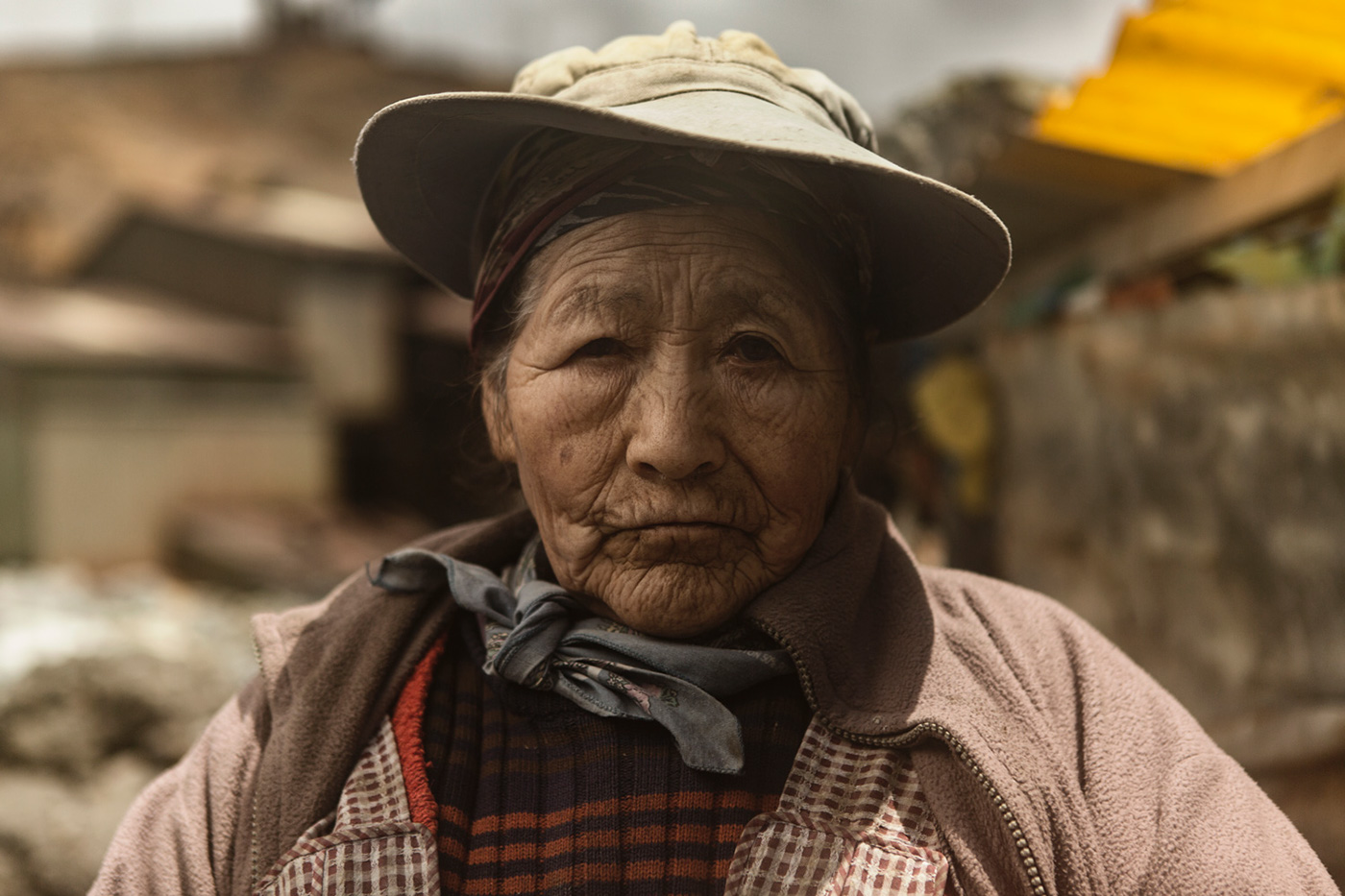



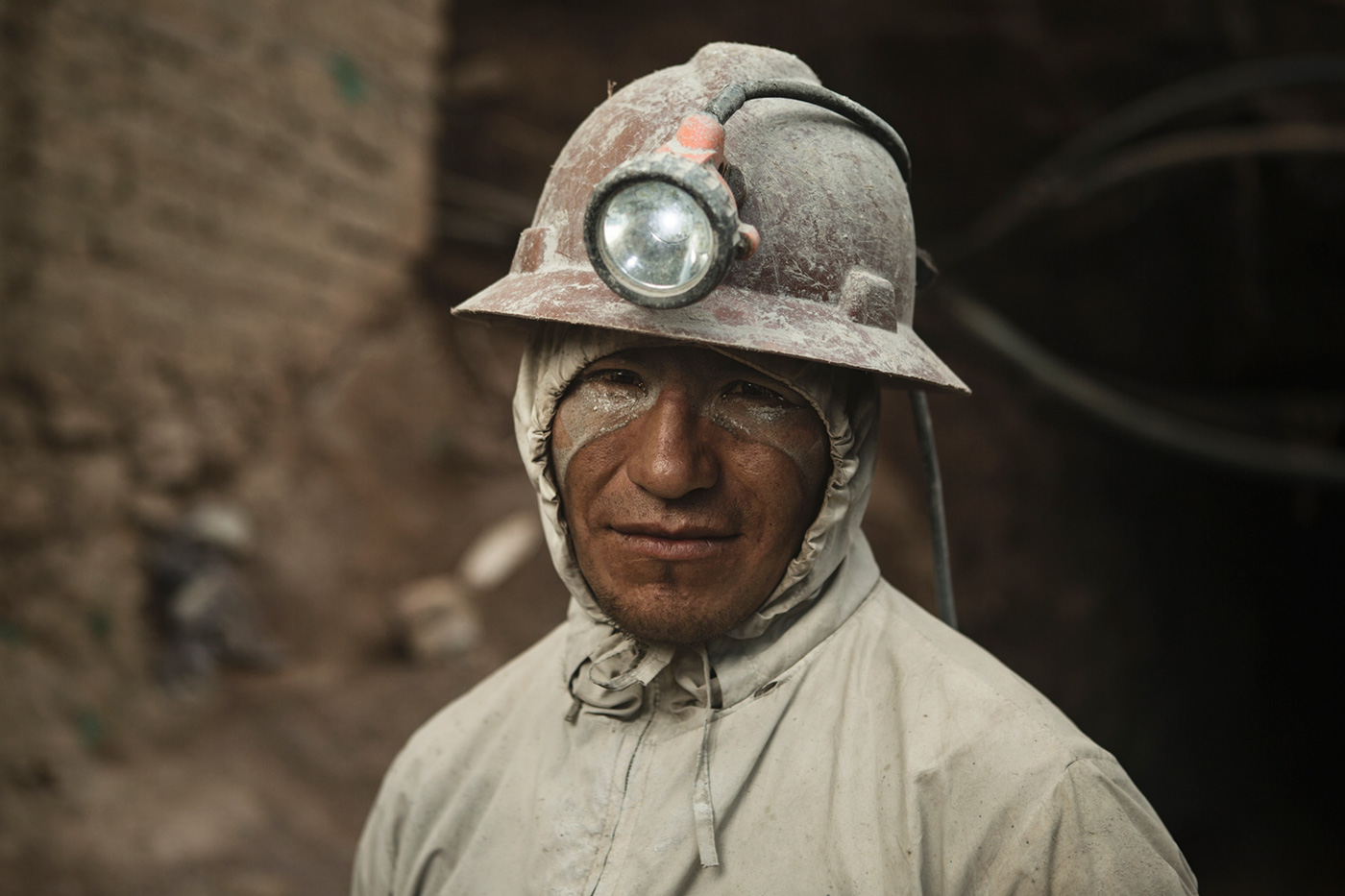





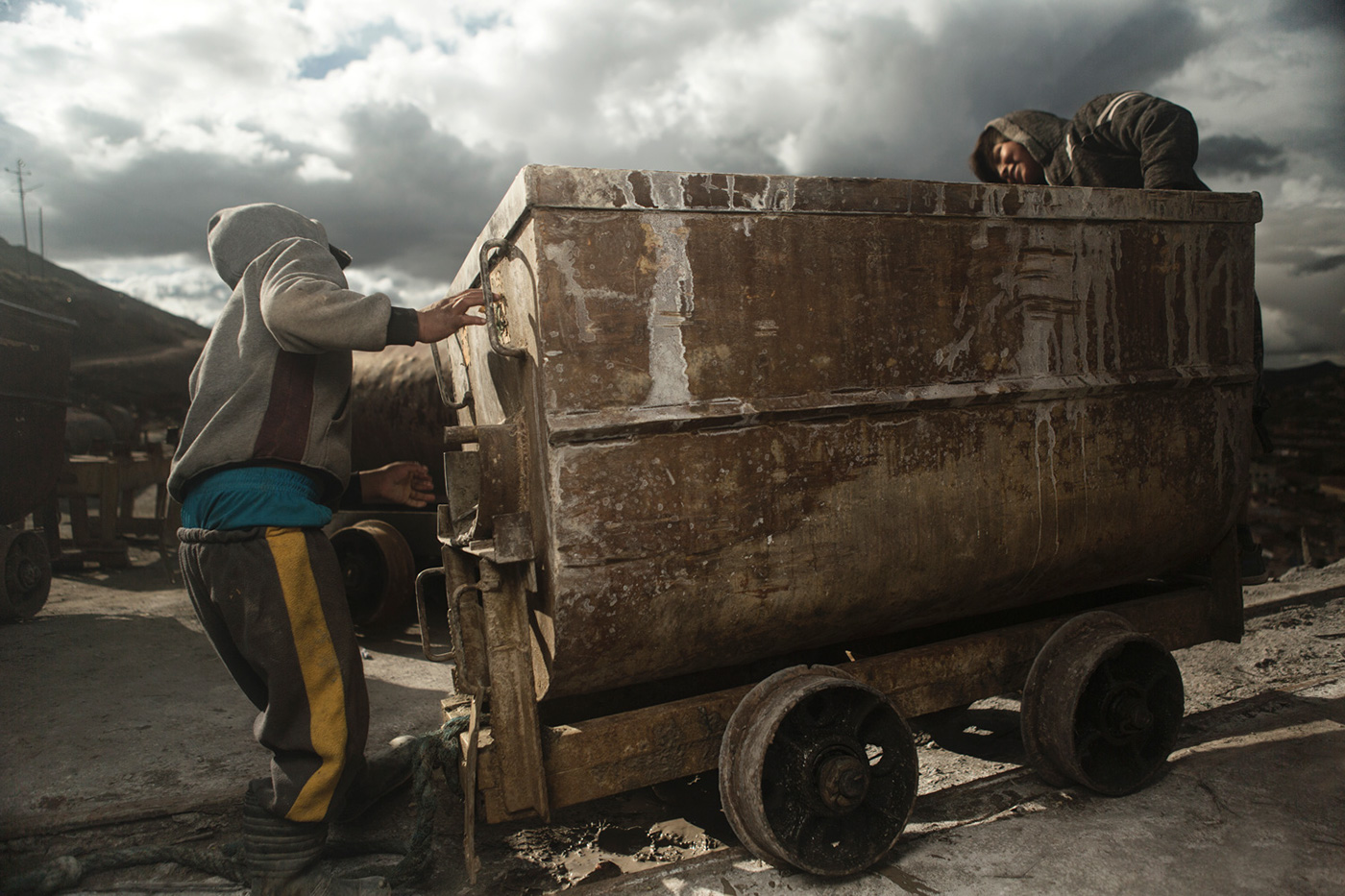





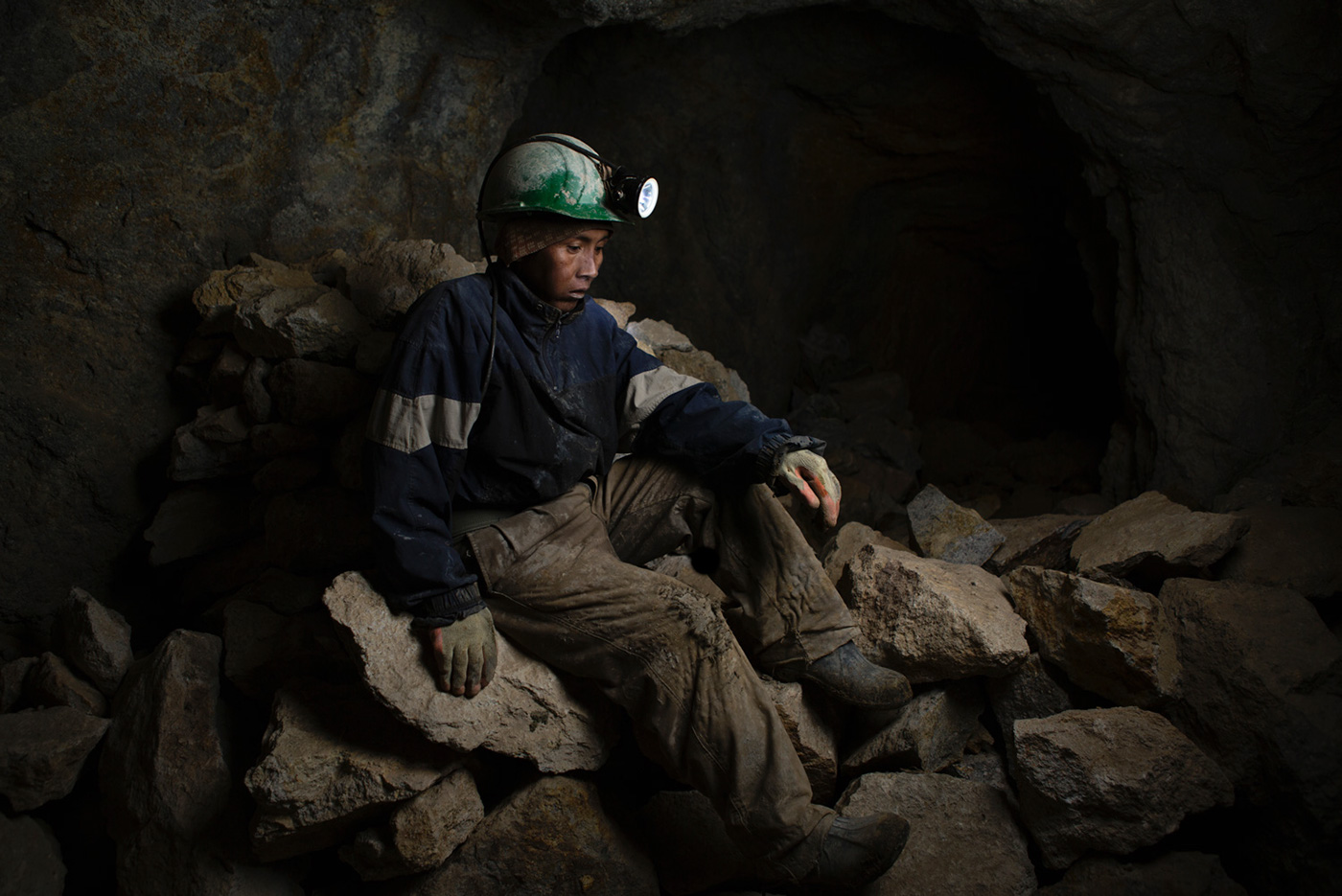






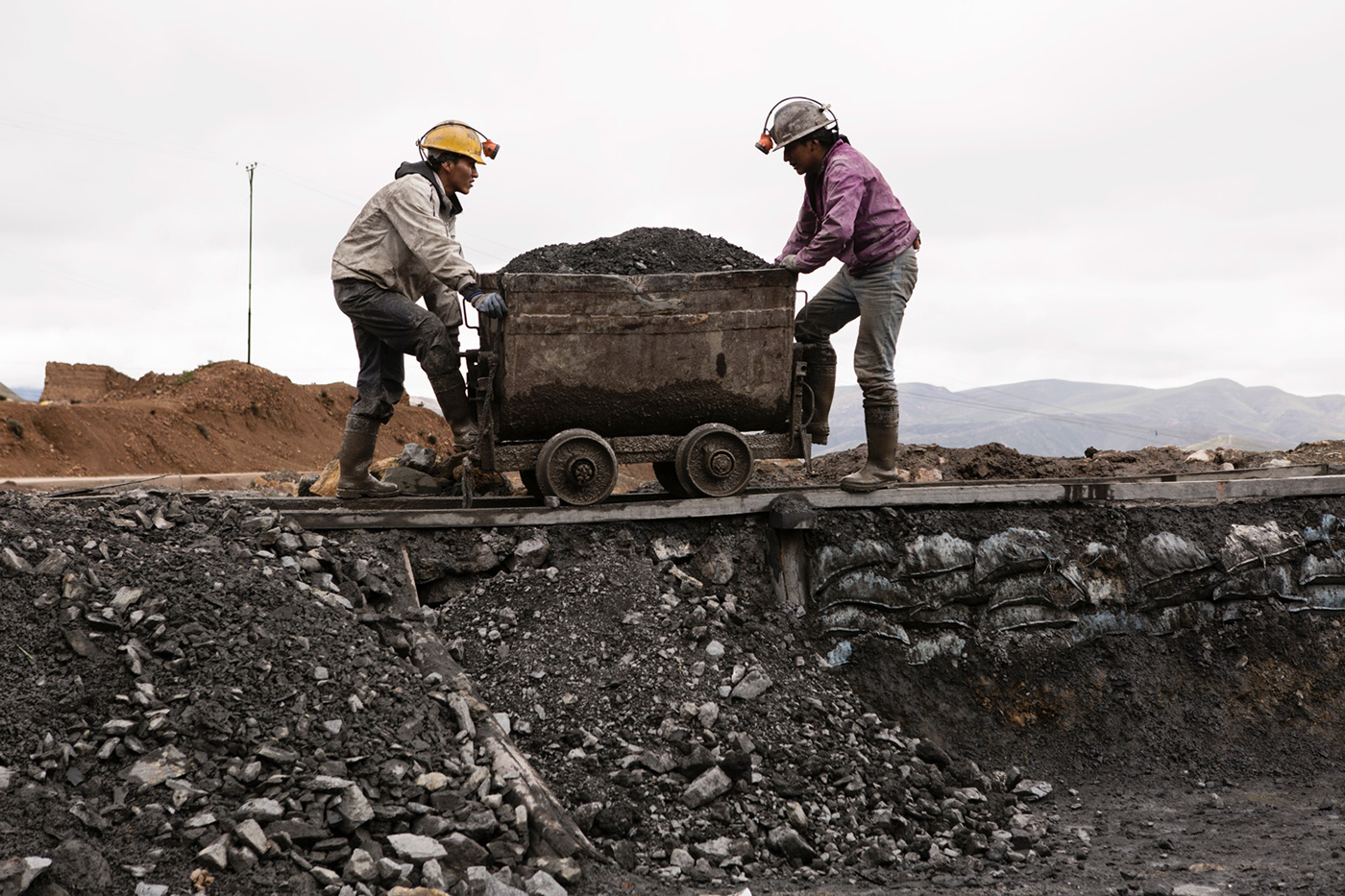

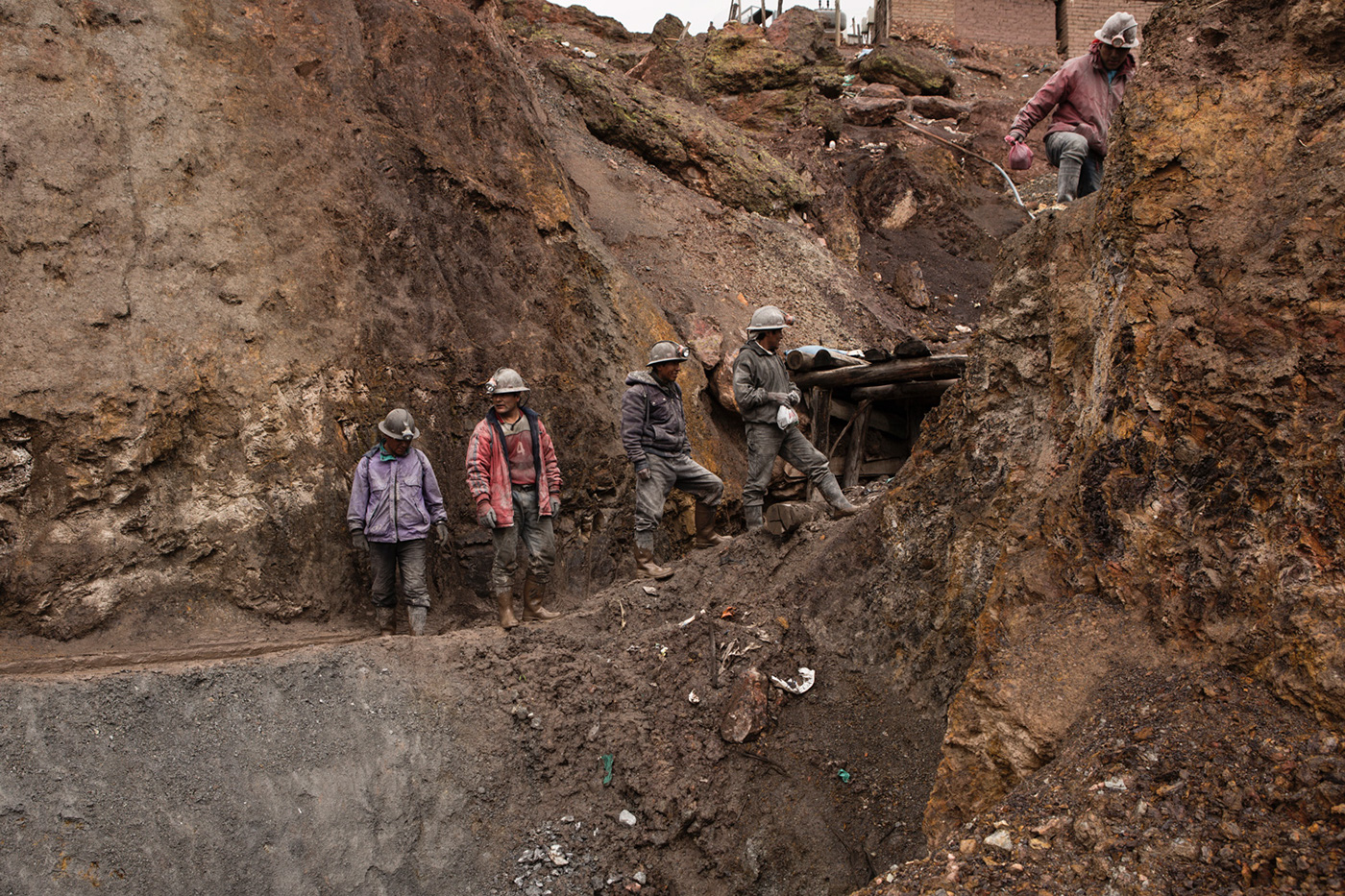




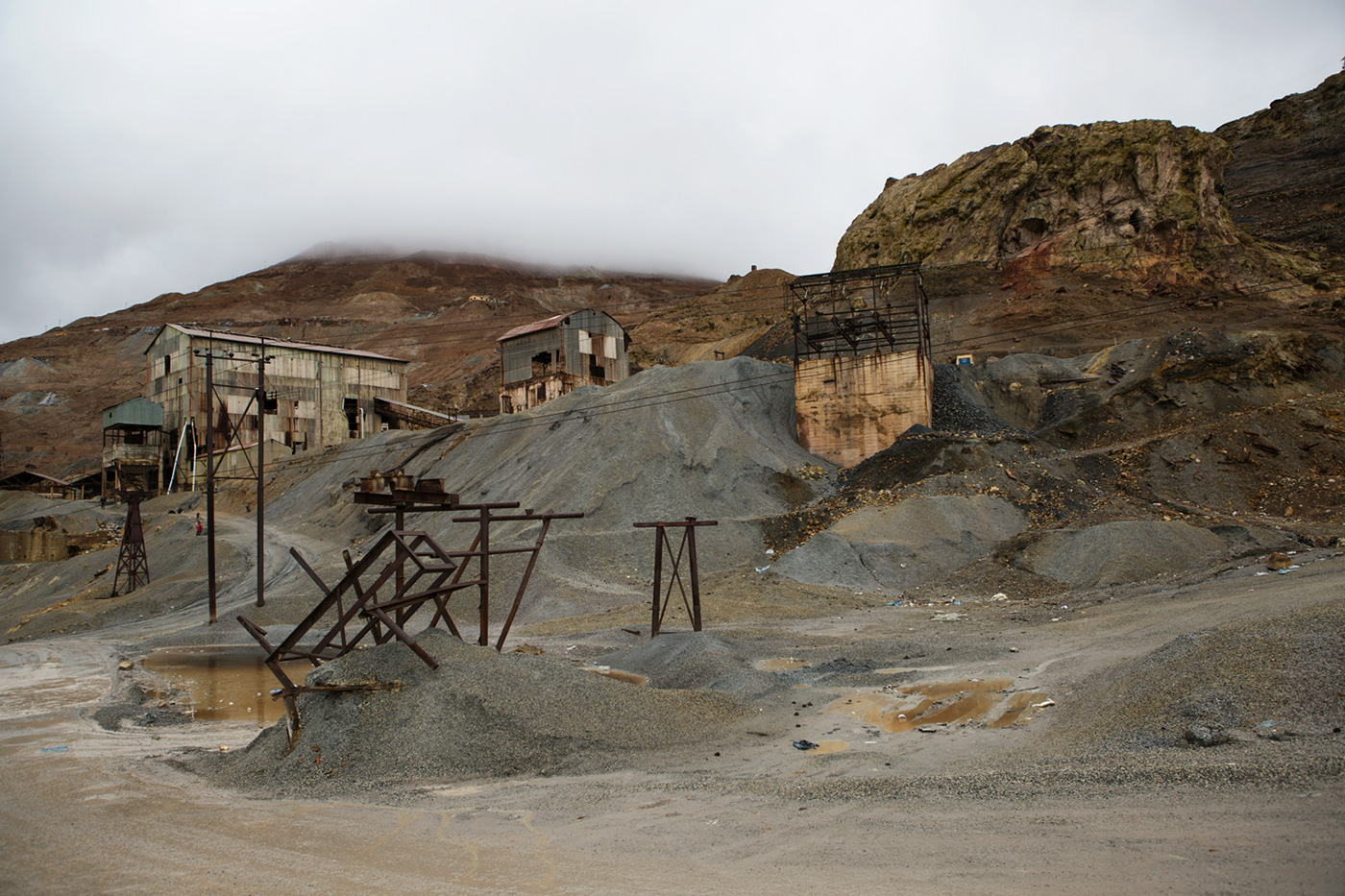











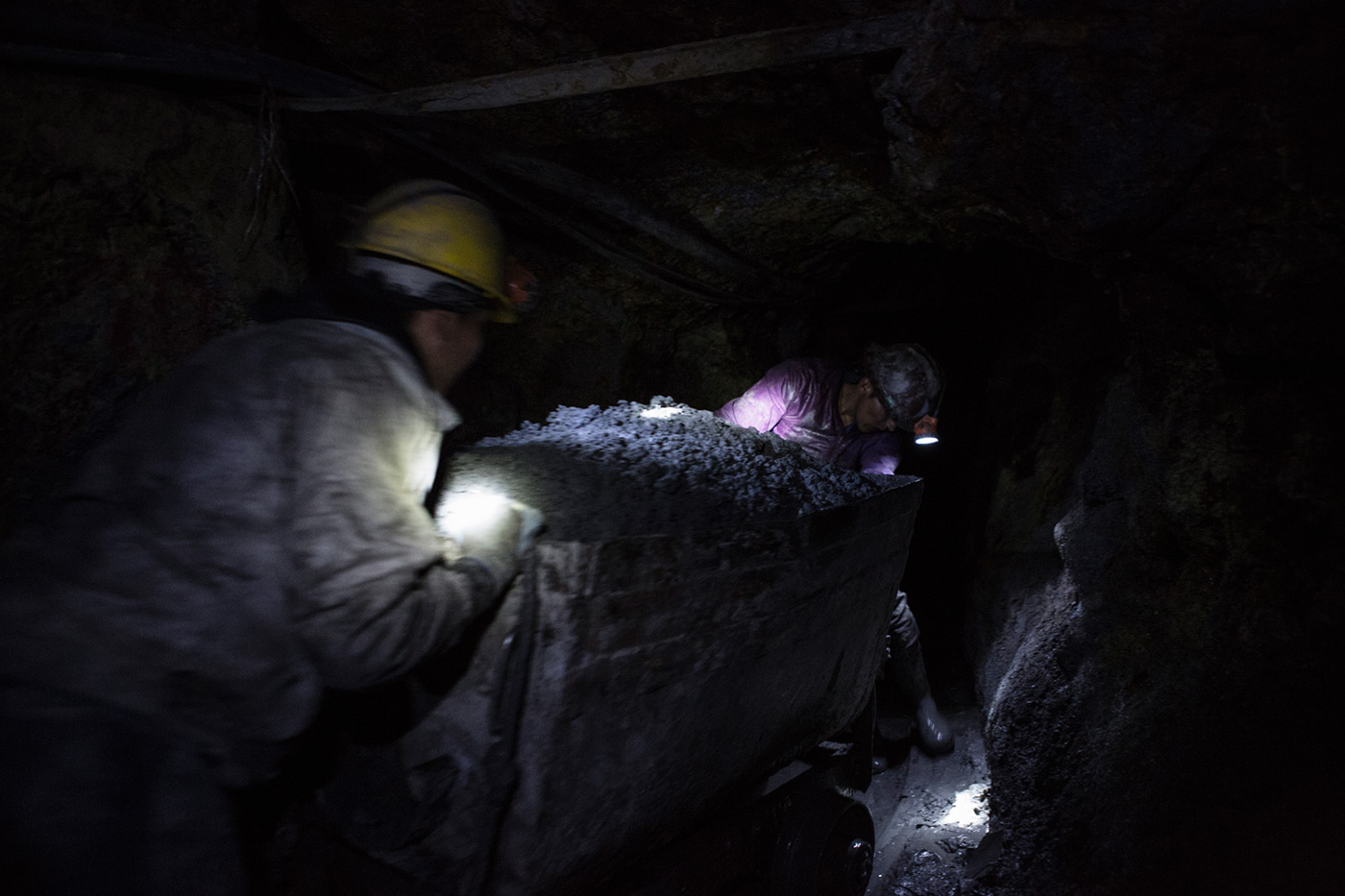
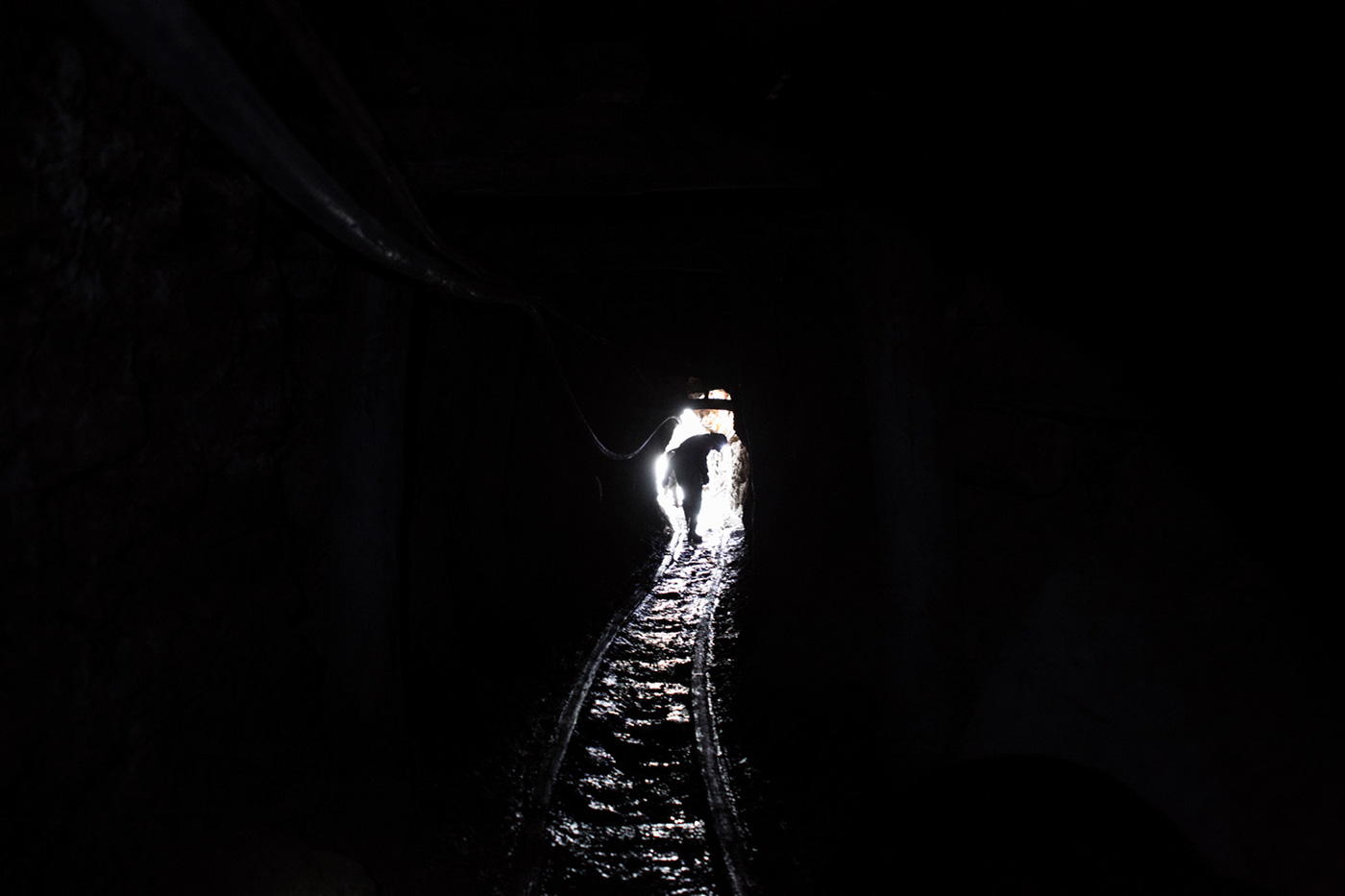
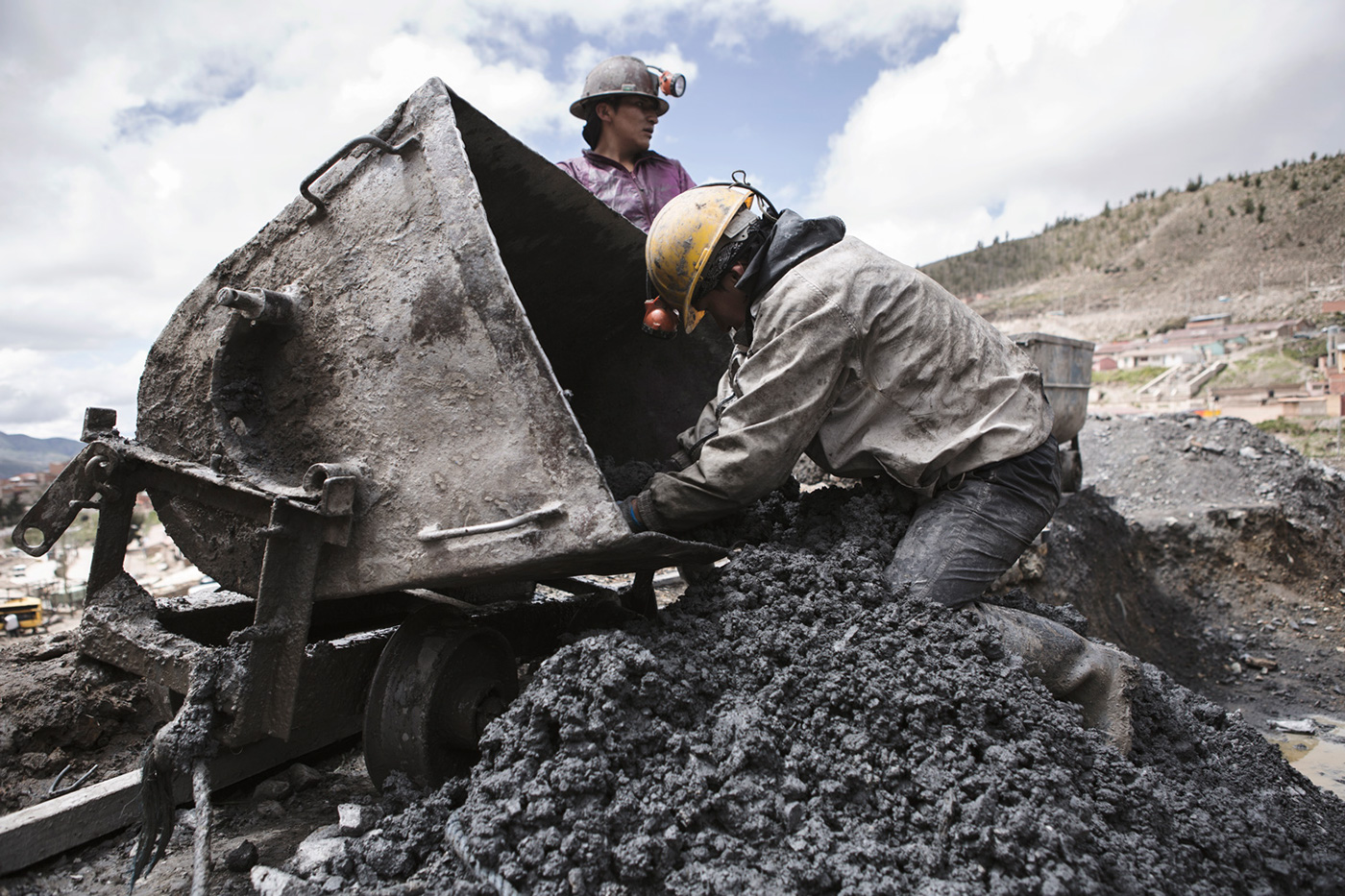

Follow my Instagram feed for daily posts: https://www.instagram.com/giacomo__bruno/

